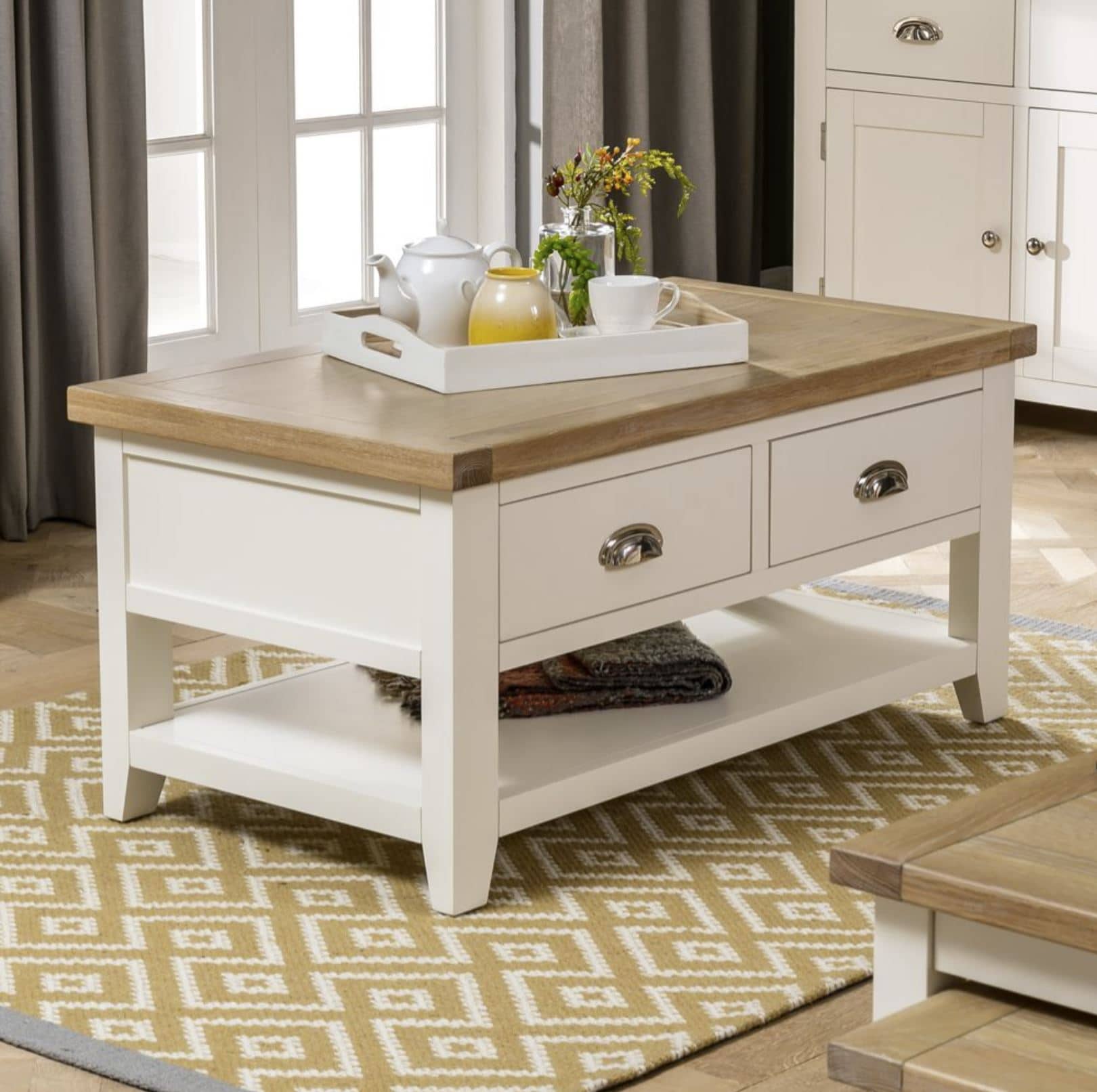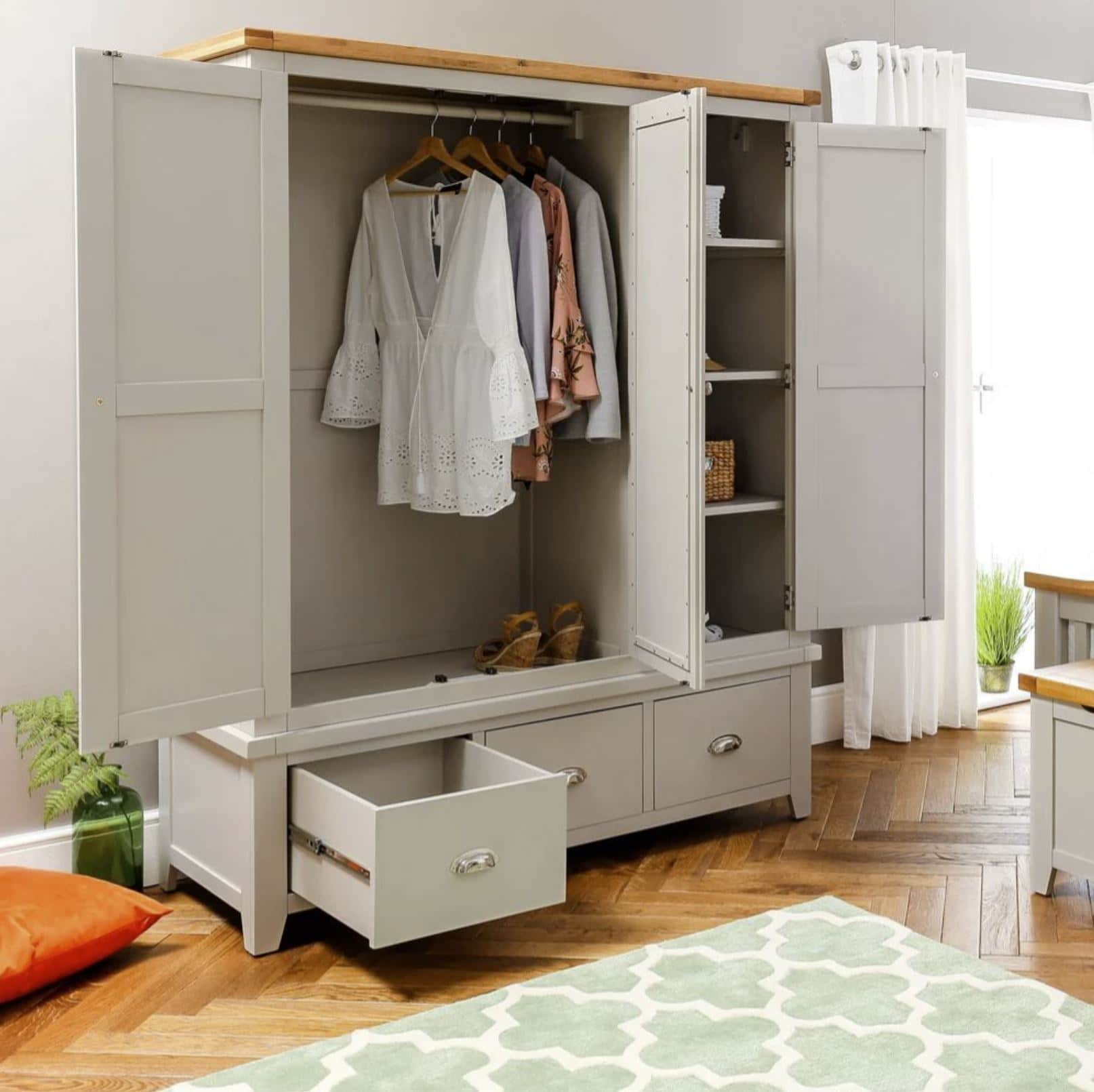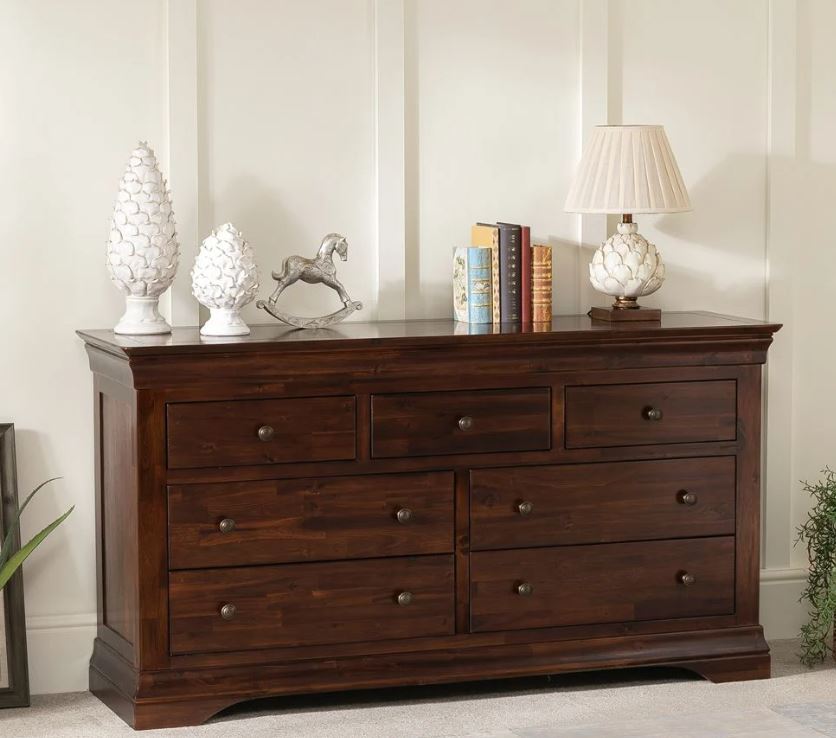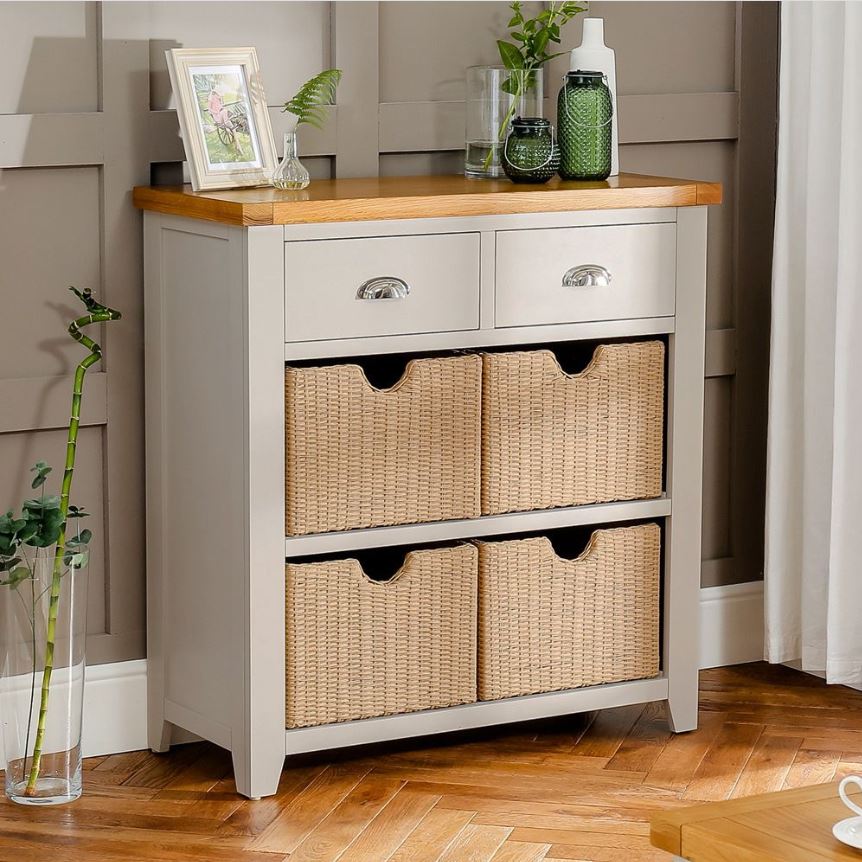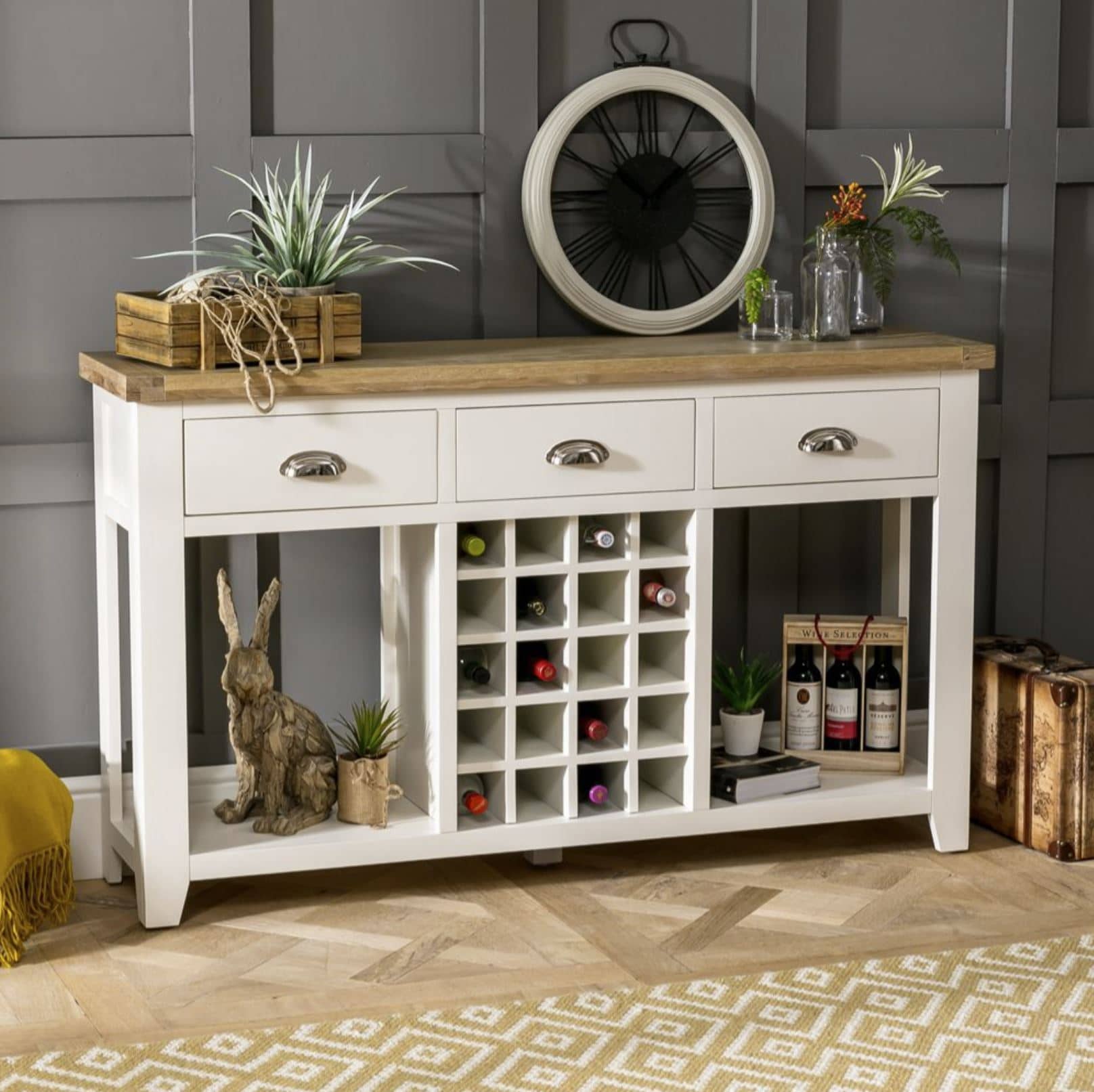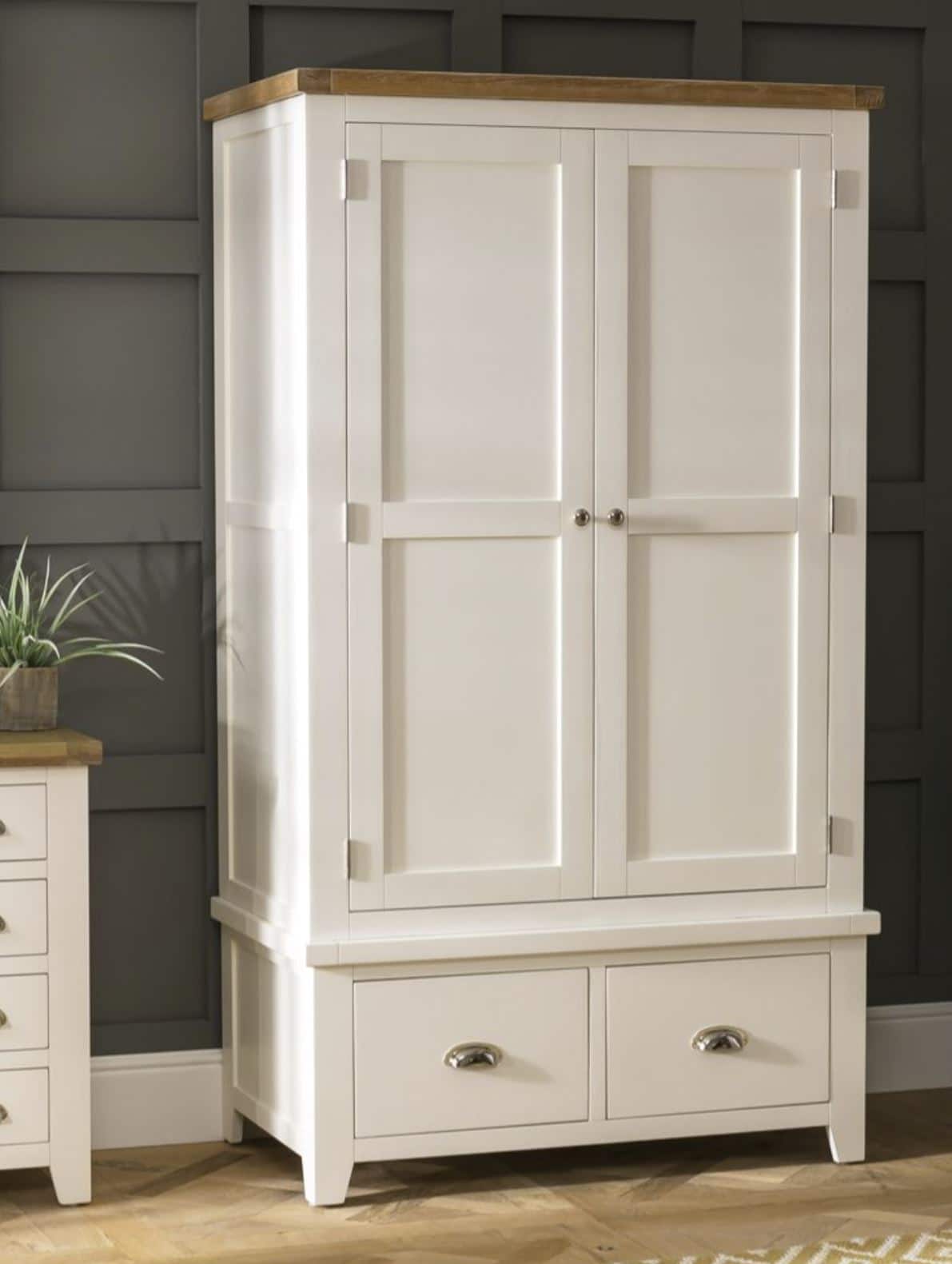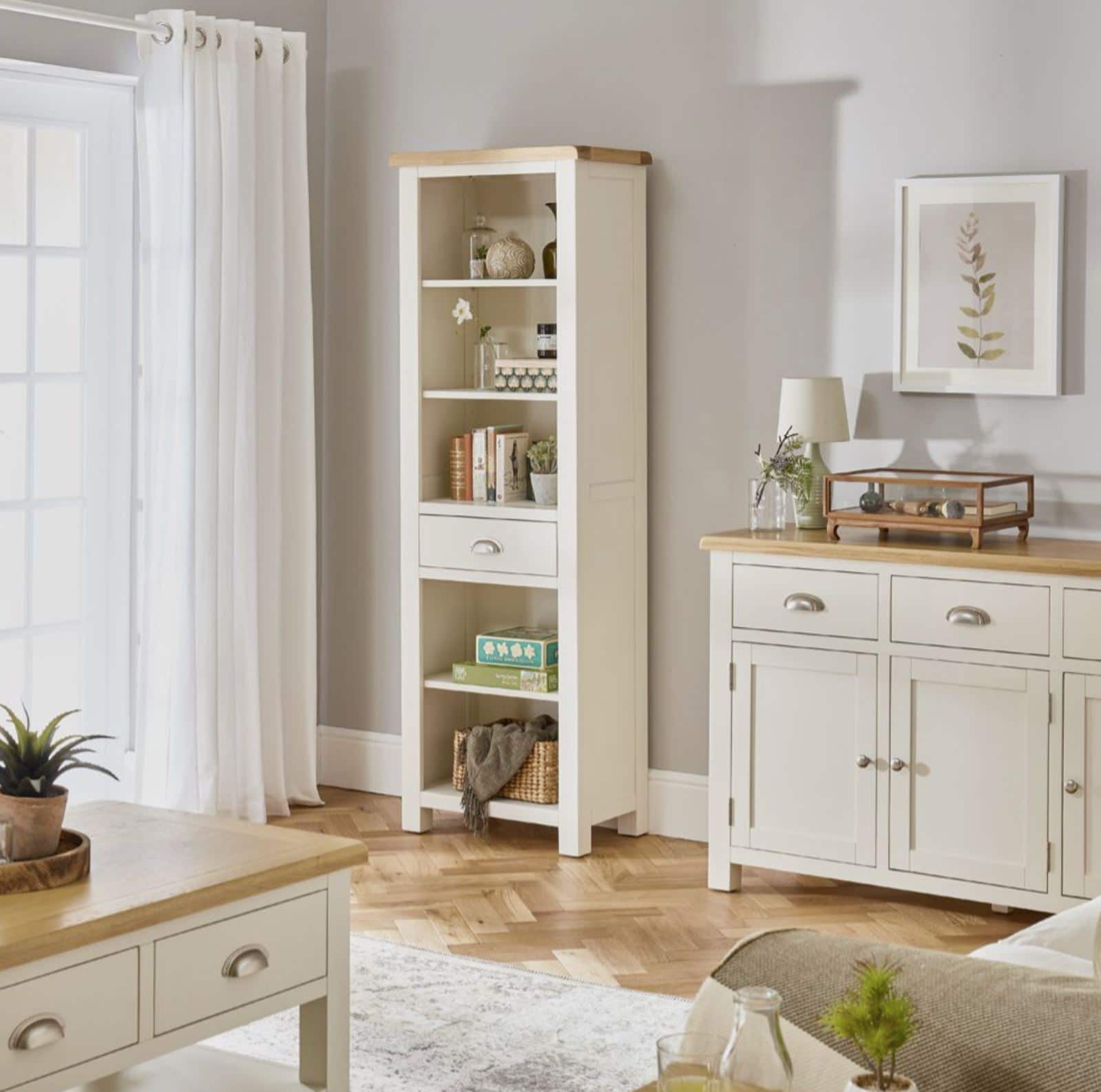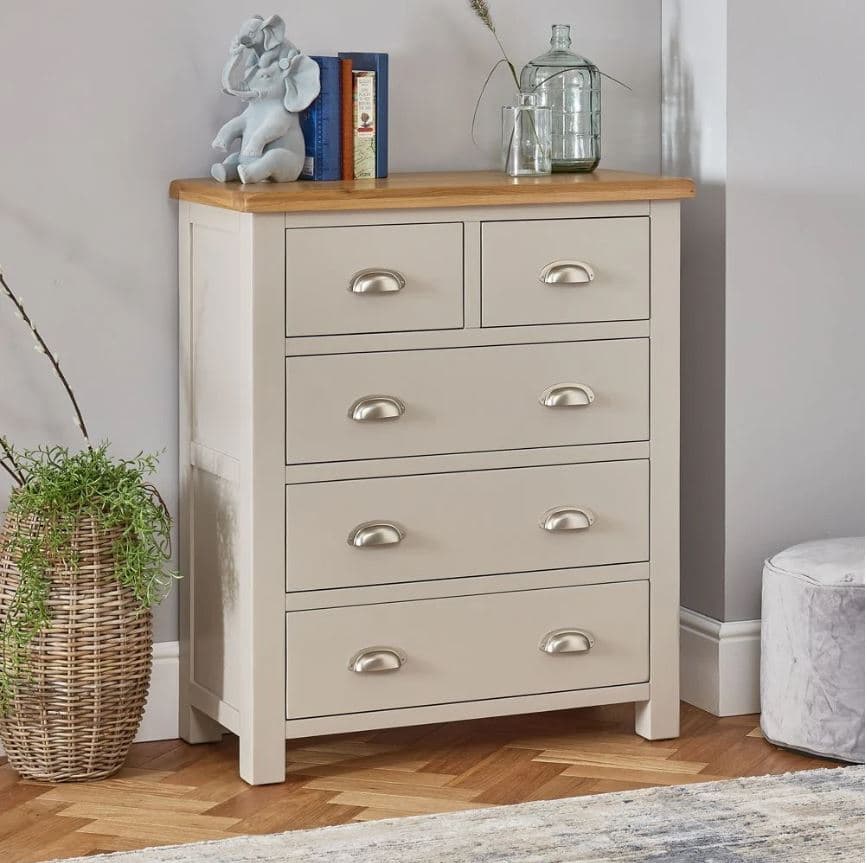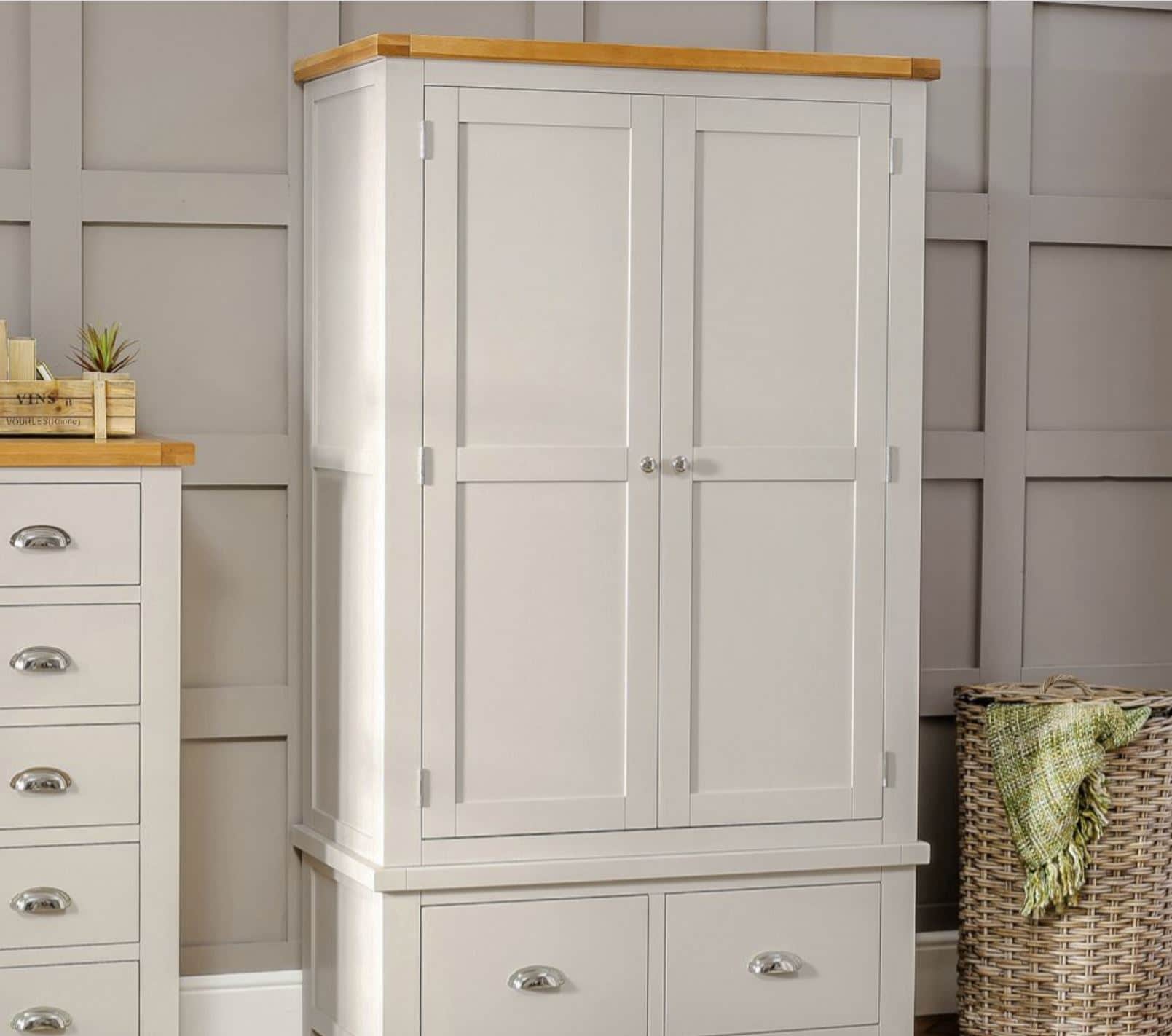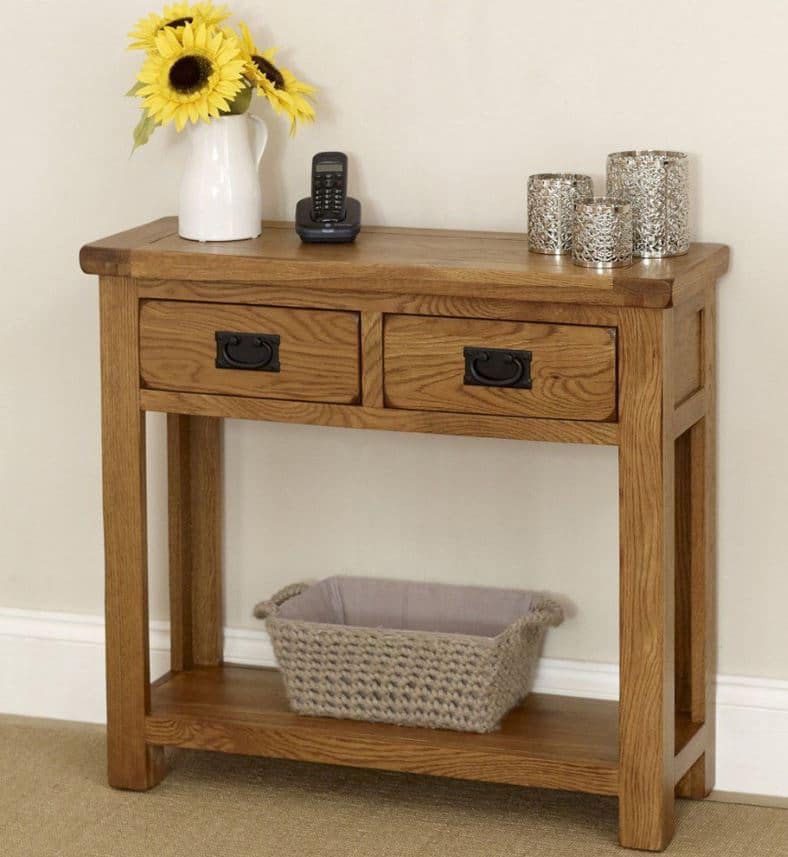A Brief History of Interior Design
- By Alicia Newman
- Interior Design Ideas
- views
What is interior design, when did it begin and why is it still popular today? These are just a few questions that are associated with the decoration of our homes. Why is colour so important and who decided the formation that our furniture should be laid out? Today I’m taking a look at the brief history of interior design and how these styles and ideas still play a part in contemporary home interiors.
While it can be argued that the early humans first created interior design with their cave paintings and make-shift seating, it is mostly believed that classic interior design as we know it today began with the ancient civilisations of the Romans, Greeks and Egyptians.
Egyptians, Greeks and Romans
Egyptians were known for their detailed wall murals and hieroglyphs that detailed everyday life and important events throughout their history. While workers lived in basic houses with little furnishing, it was in the homes and palaces of the royals and pharaohs that interior design was used to showcase their wealth. An array of gilded furniture items, metallic and jewelled urns and accessories and luxurious fabrics would adorn the rooms and create a lavish and sumptuous appeal.
When Egypt fell to the Greeks and Romans, cities and buildings were changed to accommodate the differing tastes in architectural and interior style. A democratic way of living meant that even the normal citizens began to decorate their homes with personal items and mementos. Rich Emperors and wealthy families showcased their power and riches with opulent amphora vases, pottery and ceramics and a heavy emphasis was placed on the large architectural pillared designs that adorned the most important building in the cities. Many paintings, accessories and fabrics during this time were crafted to depict the Greek and Roman Gods, Goddesses and Mythology that would tell a story as well as provide visual detail and beauty.
European Interiors
After this period other design styles began to emerge across Europe, each with its own distinctive look and appeal. Gothic architecture with its eye-catching designs and ornate fixtures and fittings sat alongside Italian Renaissance interiors with their lavish beauty and luxury materials and fabrics. These were shortly followed by Baroque and Rococo designs that were intricate and flamboyant and gave a glamorous ait to many of Europe’s finest palaces.
Many of the larger building and wealthy homes were developed on a large scale and featured religious influences such as tapestries, carvings and murals that decorated the walls. Idols, chalices and alters were heavily decorated and gilded to give an illuminating and lustrous finish.
18th and 19th Century Homes
During this period people began to give more emphasis to a combination of both beauty and practicality to create homes that were not only stylish but functional for everyday use. It was during this time that interior design began to open up to everyone from the richest of peers to the working man.
Georgian interiors were neo-classical in design and paid homage to early Roman and Greek styles of interior. With travel becoming more accessible interior design began to see influences from many countries and cultures from around the world. Victorian interiors in particular took elements of Japanese and Indian design and the mass production of products meant that more and more people could fill their home with the latest fabrics and accessories.
20th and 21st Century Homes
By the time Art Deco and Art Nouveau interiors emerged in the 1920s interior design was a hot topic in all of the magazines and prints. The exotic nature and floral designs of Art Nouveau homes and the glamorous modernity of Art deco styles presented elegant and refined interior periods that are still very much a part of contemporary home decor. Modernist styles of interior design began to emerge in the 1950s and 1960s with designers becoming famous faces for their innovative designs and styles.
The 1970s and 1980s saw a rise in slightly more neutral and bohemian styles of interior that adopted elements from numerous periods of design. Today we are still as obsessed with interior design as we have ever been, with TV shows and magazines concentrating on how we can improve our homes and transform our styles. As we move into 2016 it would seem like there is a solid balance of classic and elegant interiors as well as more modern and minimal designs that offer a style to suit all tastes.
For more images of historical interiors, take a look at our latest Pinterest board - Pinterest - Historic Interiors


